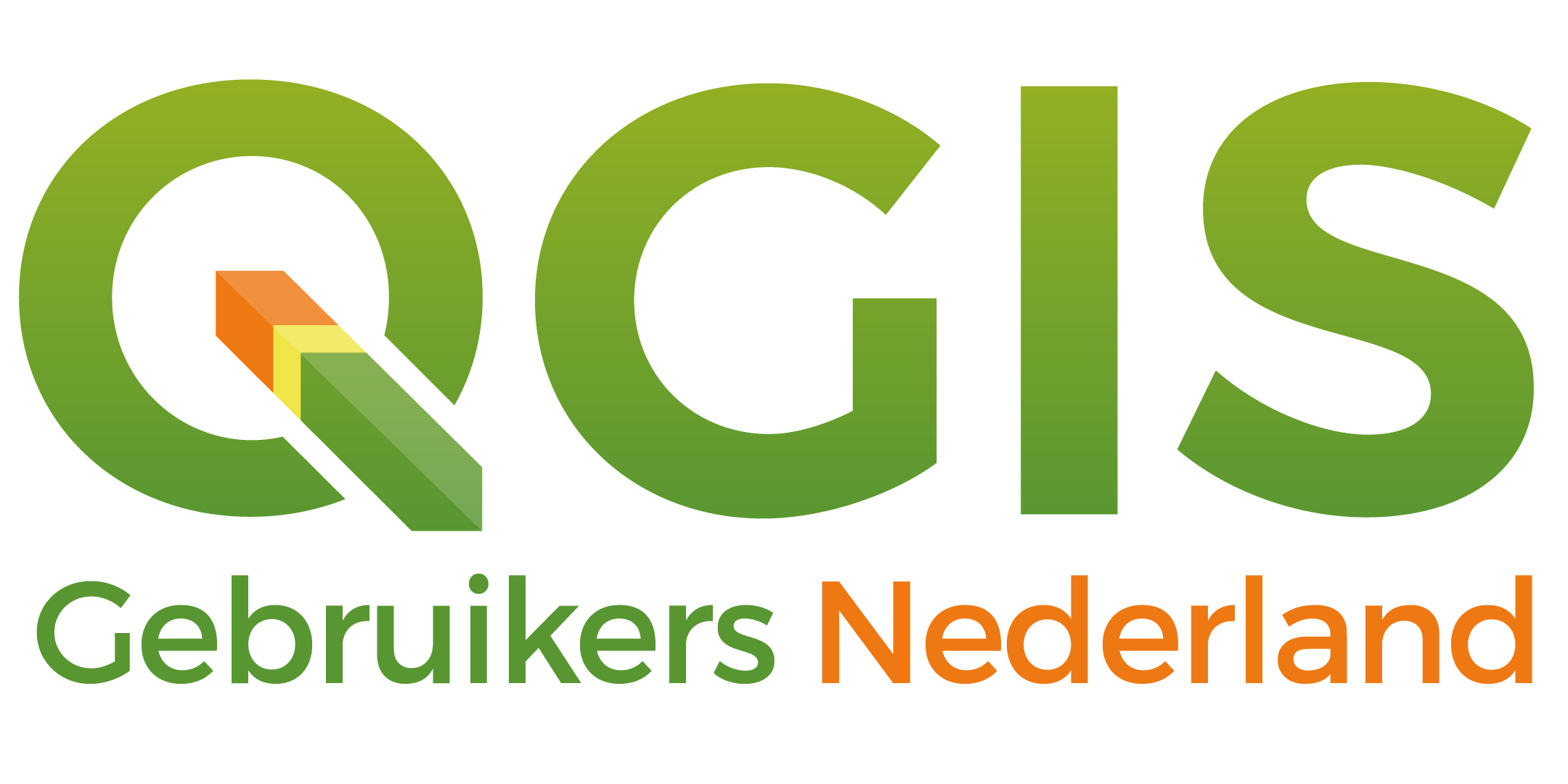

Geomeletitiki Basin Analysis Toolbox
Semi-automated Hydrological Basin Analysis toolbox.
A specialised watershed basin analysis toolbox designed according to the methodology demanded by Greek legislative standards for Hydrological engineering studies. The plugin is divided into 4 main modules, which should be executed in the respective order
Module1 comes first, and is executed for the whole area/DEM. The user must import a DEM and a Discharge Point (pour point) and also specify the Channel Initiation Threshold. The module produces the following outputs:
-Flow Directions raster
-Filled DEM raster (according to Wang&Liu's method)
-Channel Network raster
-Channel Network vector
-----------------------------------------
Module2 handles basin/sub-basin level analysis. It ingests the Filled DEM and a Control Point and produces:
-The watershed that drains through the Discharge Point (pour point) as a vector polygon (Watershed Basin)
-Curve Numbers of the soil, as vector polygons -->CN Labels
-SCS Soil Class Cover of the basin -->SCS Cover
-Corine Class Cover of the basin -->Corine Cover
-Contour Lines (at a user-specified interval) -->Clipped Contour Lines
-Channel Network, cropped to the watershed of the basin --> Clipped Channel Network
-----------------------------------------
Module3 calculates the Longest Flow Path. The output is:
-Longest Flow Pathas a Vector Polyline
-Its Length (in meters) and the Elongation Ratio of the basin, both as attributes of the above layer.
-----------------------------------------
Module4 calculates the parameters needed to produce ICN Curves. It utilizes a dataset of greek meteo stations with their respective parameters and produces:
-Nearest Stationsas Vector Points. Each feature includes the station's parameters (κ, λ, ψ, θ, η) as well as its calculated hydrological parameters used for ICN curves extraction.
The stations' distances from the watershed's centroid are calculated and used to apply Inverse Distance Gage Weighting for the calculation of each station's parameters contribution to the ICN cuves result.
Through the use of this plugin, most of the analysis process is automated, with user intervention practically needed only to initialize Modules 1, 2 and 3. Land use data are derived from Copernicus' CORINE2018 dataset, and soil properties are extracted from the Soil Map of Greece. In order to use the plugin, you have to download these datasets. Unzip the file and then specify the shapefiles' location using the 5th button of the plugin toolbar ('select data folder')
Methodology and testing by Ioannis Georgakis, Hydraulic Engineer M.Sc., implementation by Efstathios Lymperis, Geologist & GIS Developer
| Version | QGIS >= | QGIS <= | Date | |||
|---|---|---|---|---|---|---|
| 2.1.5 | - | 3.16.0 | 3.99.0 | 9229 | elymperis | 2022-03-28T11:11:17.225239+00:00 |
| 2.1.4 | - | 3.16.0 | 3.99.0 | 173 | elymperis | 2022-03-28T11:01:51.982799+00:00 |
| 2.1.3 | - | 3.16.0 | 3.99.0 | 271 | elymperis | 2022-03-24T17:03:54.504091+00:00 |
| 2.1.2 | - | 3.16.0 | 3.99.0 | 1490 | elymperis | 2021-10-06T09:55:16.843692+00:00 |
| 2.1.1 | - | 3.16.0 | 3.99.0 | 282 | elymperis | 2021-10-06T09:07:45.288096+00:00 |
| 2.1.0 | - | 3.16.0 | 3.99.0 | 173 | elymperis | 2021-10-05T13:22:54.131298+00:00 |
| 2.0.4 | - | 3.16.0 | 3.99.0 | 410 | elymperis | 2021-10-04T11:34:28.498228+00:00 |
| 2.0.3 | - | 3.16.0 | 3.99.0 | 420 | elymperis | 2021-09-09T09:35:56.183980+00:00 |
| 2.0.2 | - | 3.16.0 | 3.99.0 | 338 | elymperis | 2021-08-30T11:38:16.093116+00:00 |
| 2.0.1 | - | 3.16.0 | 3.99.0 | 423 | elymperis | 2021-08-25T15:53:48.658403+00:00 |
| 1.3.0 | - | 3.16.0 | 3.99.0 | 1000 | elymperis | 2021-03-04T01:13:20.462060+00:00 |
| 1.1.0 | - | 3.16.0 | 3.99.0 | 337 | elymperis | 2021-02-20T11:45:58.031148+00:00 |























